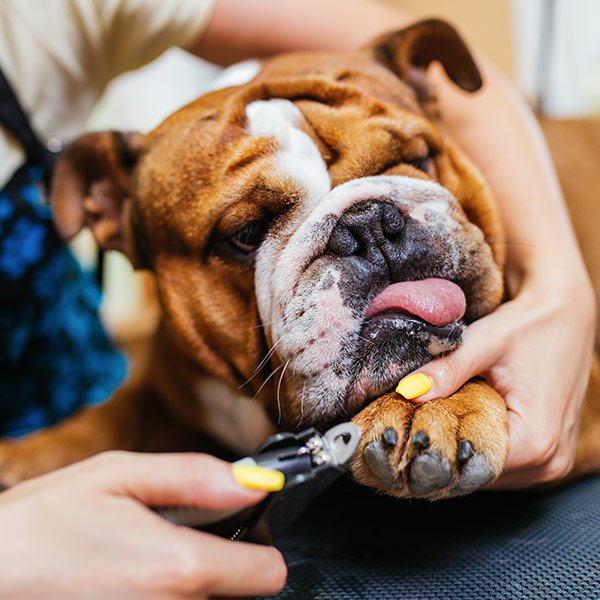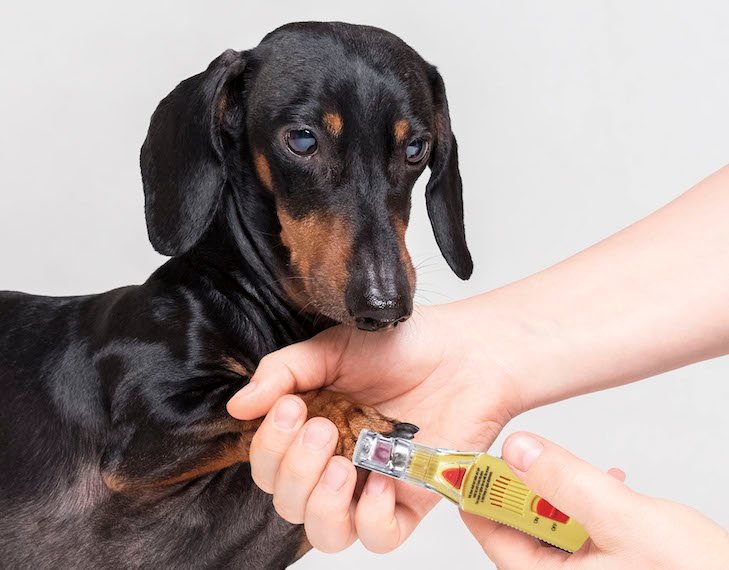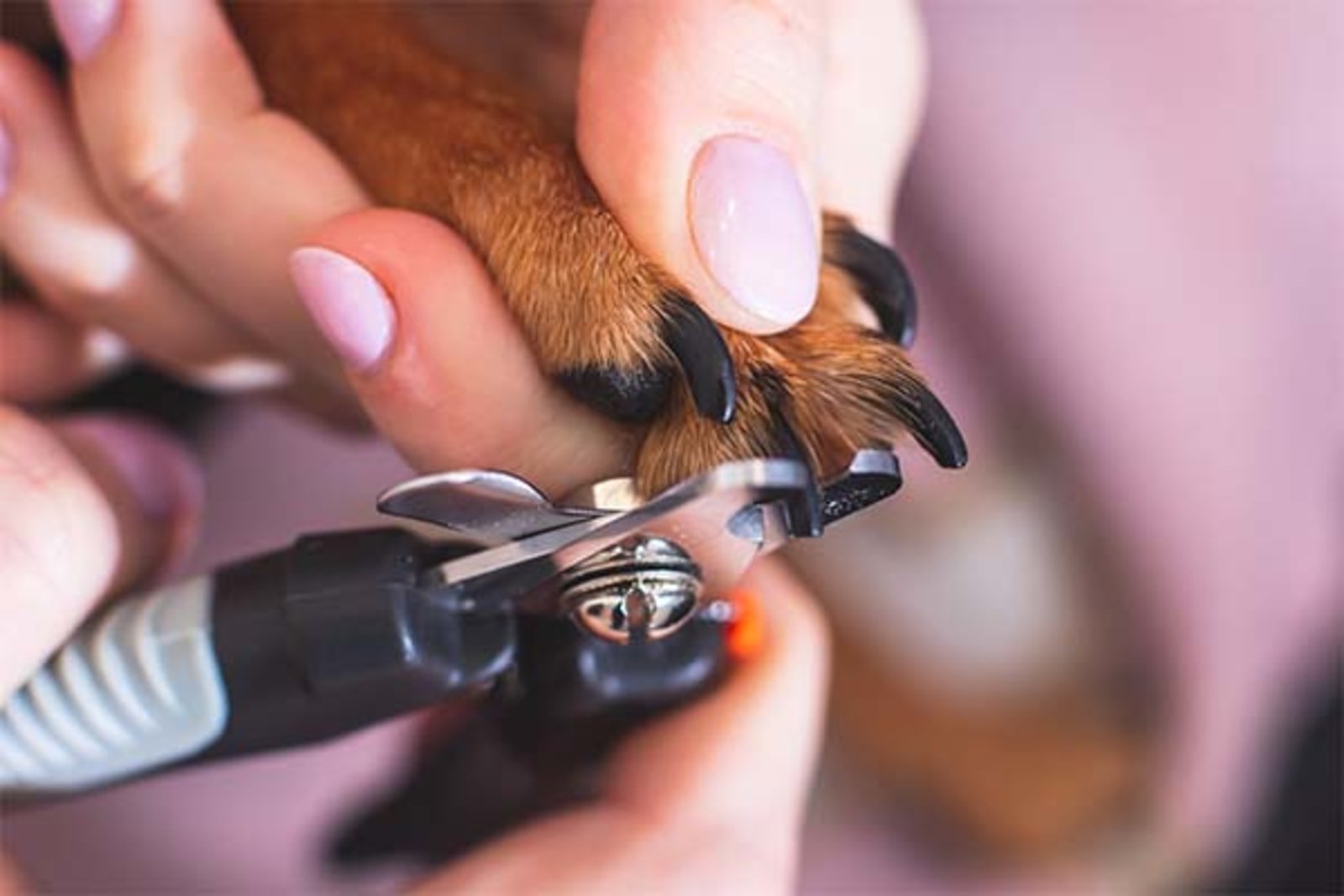Learn how to safely trim your pet’s nails at home: frequency, best tools, and essential nail trimming tips for pet health
You want to keep your pet happy, right? Trimming their nails is a big part of that. Sometimes, pet nails get too long, and it can hurt them. You might think it’s hard, but you can learn to do it at home. You just need the right tools and some simple steps. We’ll talk about how to pick the best clippers, how often you should trim, and some common mistakes to avoid. Don’t worry—it’s easier than you think! In this article, you’ll see how to trim your pet’s nails, keep them calm, and avoid problems.
How to Trim Your Pet’s Nails Safely at Home
Keeping your pet’s nails properly trimmed is essential for their health and comfort. Regular nail trimming helps prevent pain, injury, and other issues that can arise from overgrown claws. In this guide, we will explore the best practices and tools for safely trimming your pet’s nails at home.

Step-by-Step Guide
When trimming your pet’s nails, creating a calm environment is essential. Begin by holding your pet’s paw gently but firmly. Ensure you have good lighting to clearly see the nails. Position the nail clipper correctly, and trim a small portion of the nail, avoiding the quick—a sensitive area that contains nerves and blood vessels. If you’re unsure, trim a little at a time. Quick finders can help in identifying the quick, especially in pets with darker nails.
If you accidentally cut into the quick, apply styptic powder immediately to stop the bleeding. It’s important to remain calm and soothe your pet to minimize their anxiety during this process.
How Often Should You Trim Your Pet’s Nails?
The frequency of nail trimming varies depending on your pet’s breed, age, and activity level. On average, dogs should have their nails trimmed every 3-4 weeks, while cats may need it less frequently, around every 4-6 weeks. Pay attention to signs like a clicking sound on the floor when your pet walks, as this indicates that their nails have grown too long.

The Best Tools for Nail Trimming
Selecting the right tools ensures a safer experience for both you and your pet. Nail clippers come in various styles, including guillotine and scissor types, each suited for different nail thicknesses and sizes. Alternatively, an electric nail grinder offers a gentler approach by gradually filing down the nail, which may be less stressful for pets.
Essential accessories include a nail file to smooth edges after trimming and styptic powder to manage any accidental bleeding. Investing in high-quality tools can make the process smoother and reduce the risk of injury.
Common Mistakes to Avoid When Trimming Pet Nails
Avoid cutting too much of the nail, as this can cause pain and bleeding by hitting the quick. Using the wrong tools can also lead to injury, so always opt for clippers designed for your pet’s size and nail type. Additionally, not trimming your pet’s nails often enough can result in overgrown nails, leading to discomfort and mobility issues.
Managing Pet Anxiety During Nail Trimming
Many pets experience anxiety during nail trimming. Understanding this behavior can help you manage it better. Gradual desensitization, positive reinforcement, and creating a calm environment are effective techniques. Offer treats or affection after each successful trim to build a positive association with the process. If your pet is particularly anxious or uncooperative, consider seeking help from a professional groomer or veterinarian.
The Importance of Regular Nail Trimming for Your Pet’s Health
Regular nail trimming is vital for preventing pain and injury. Overgrown nails can curl into your pet’s paw pads, causing discomfort or even infections. Trimming also improves mobility, allowing your pet to walk and run comfortably. Consistent nail care contributes to your pet’s overall well-being, ensuring they stay active and healthy.

When to Consult a Veterinarian for Nail Trimming
There are times when professional help may be necessary. If your pet’s nails are extremely overgrown, brittle, or discolored, it’s best to consult a veterinarian. They can assess for any underlying health issues and trim the nails safely. Persistent difficulties in managing your pet’s nails at home might also warrant professional grooming services.
FAQs about Nail trimming
How often should you trim your nails?
Trimming your nails regularly is essential for maintaining nail health and hygiene. It’s recommended to trim your fingernails “every two to three weeks” and your toenails about “once a month.” The frequency can vary based on how quickly your nails grow. Regular trimming prevents issues like snagging, breakage, and potential infections.
What is the best way to trim nails?
To properly trim your nails, use a clean and sharp nail clipper. Cut your nails “straight across” to avoid ingrown nails, especially on your toes. After trimming, you can smooth the edges with a nail file. Always ensure that you don’t cut too close to the skin to prevent irritation or infections.
Can trimming nails too short cause problems?
Yes, trimming nails too short can lead to several issues. It can make the nail bed more susceptible to infections, cause pain, and even lead to ingrown nails. It’s crucial to leave a small white edge and avoid cutting too deep into the nail.

How do I prevent nail damage when trimming?
To prevent nail damage, avoid trimming nails when they are wet since they are more prone to splitting or tearing. Always use sharp clippers, and avoid using scissors or other tools not designed for nail care. If you experience frequent nail damage, consider moisturizing your nails regularly and avoid using harsh nail care products.
What should I do if I accidentally cut my skin while trimming nails?
If you accidentally cut your skin while trimming your nails, immediately clean the area with soap and water. Apply an antiseptic to prevent infection and cover the wound with a bandage if necessary. If the cut is deep or doesn’t stop bleeding, seek medical attention to prevent complications.